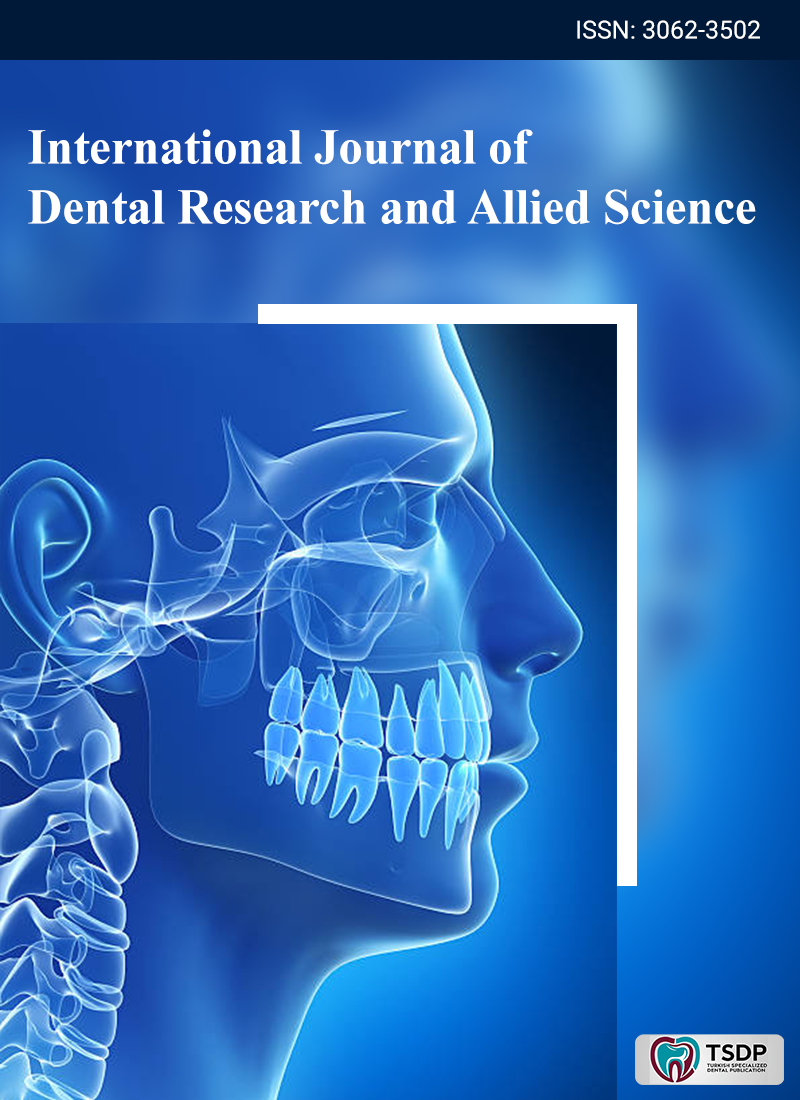
The present research aimed to evaluate three bulk-fill composites' clinical efficiency with that of a conventional micro-hybrid composite utilizing two different clinical assessment criteria. A total of 120 restorations were finished. The thirty randomly selected teeth were restored by a dentist using the four materials (GC Posterior-Group 1, Tetric Evo Ceram Bulk Fill-Group 2, Sonic Fill System-Group 3, and Filtek Bulk Fill-Group 4). For three, six, nine, and twelve months, patients were referred to the clinic. Applying USPHS clinical evaluation standards and FDI, Two physicians scored each restoration. SPSS version 22 was used to analyze intra-group and inter-group data for each criterion. After a year of examination, the surface polish, color stability, and surface structure of the Sonic Fill System and Filtek Bulk Fill composites were shown to alter considerably from baseline scores (P < 0.05). When the patients' views were tested for GC Posterior and Filtek Bulk Fill composites, the ratings revealed a notable change from the baseline values (P < 0.05). For all composite restorations, postoperative sensitivity diminished over time (P < 0.05). According to FDI and USPHS criteria, all of the restorative materials showed good clinical efficiency. It was discovered that the FDI criteria had a higher sensitivity of marginal discoloration than the USPHS criterion. The long-term clinical performance of bulk-fill composite materials requires a great deal more research.